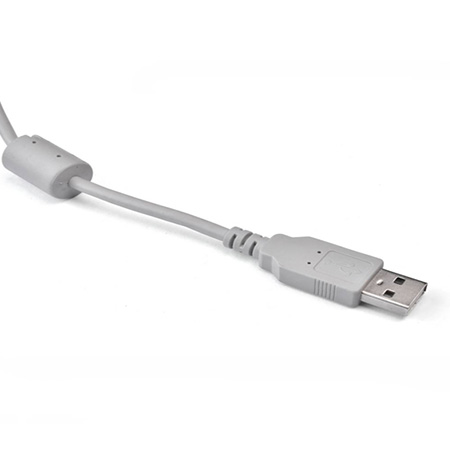
USB printer cables might seem like a small and insignificant component of your printing setup, but they play a crucial role in determining the printing experience and overall efficiency. These cables establish a connection between your printer and computer, allowing for the seamless transmission of data necessary for printing. Understanding how USB printer cables make a difference can help you optimize your printing setup and achieve the best possible results.
One of the key factors that determine the impact of a USB printer cable is its quality. High-quality cables ensure optimal data transmission between your computer and printer, minimizing the occurrence of data losses and printing errors. Cheap and low-quality cables, on the other hand, are more susceptible to signal interference, leading to slower printing speeds and compromised print quality. It is crucial to invest in cables that meet the necessary specifications and standards for USB printer connections.
The length of a USB printer cable can affect the printing experience, especially if you need to place your printer at a distance from your computer. Longer cables can result in signal degradation and slower data transmission, leading to printing delays or errors. It is essential to choose a cable length that suits your printing setup. Alternatively, you can invest in USB cable extensions or consider wireless printing options to overcome limitations posed by cable length.
USB printer cables come in different versions, such as USB 2.0 and USB 3.0, each offering varying data transfer speeds. It is important to ensure that the cable you choose is compatible with both your printer and computer systems to achieve optimal performance. Incompatible cables may lead to slower printing speeds or even prevent the printer from functioning altogether. Checking the specifications and requirements of your printer and computer will help you select the right USB cable for seamless connectivity.
USB printer cables with proper shielding can significantly reduce electromagnetic interference, ensuring a stable and reliable connection. Shielding protects the cable from external electrical signals and minimizes the chances of signal degradation or interruptions during printing. When purchasing a USB printer cable, consider cables with quality shielding to improve overall print stability and reduce the likelihood of print errors.
Upgrading to a higher-quality USB printer cable can potentially enhance your printing experience. By investing in cables with improved data transmission capabilities and compatibility with newer printer models and computer systems, you can achieve faster printing speeds, higher print resolutions, and overall improved print quality. Prioritizing cable upgrades can be particularly beneficial for professional printing environments or when dealing with large print volumes.
USB printer cables may often go unnoticed, but they play a vital role in optimizing the printing experience. By understanding the importance of cable quality, cable length, compatibility, shielding, and upgrading, you can ensure smooth printing operations with minimal errors and maximum efficiency. Investing in high-quality USB printer cables can make a significant difference in achieving optimal print quality and overall printing satisfaction.